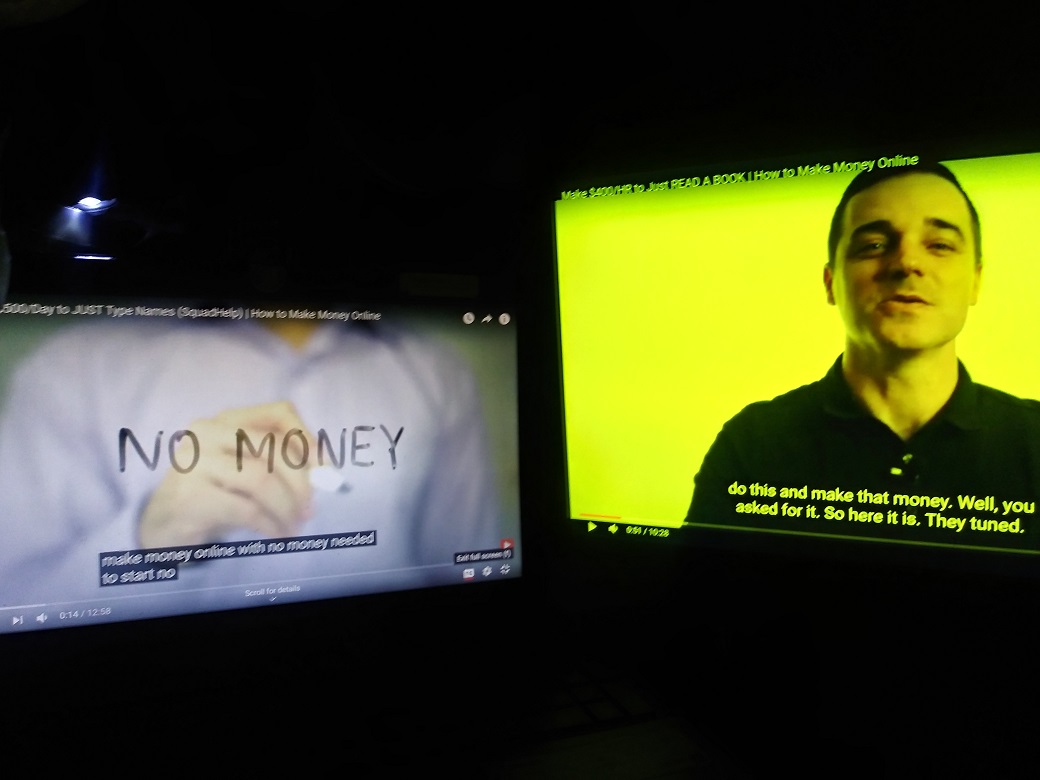It isn’t just physicians, but the entire medical community, including the pharmaceutical industry, that contributed to this epidemic. And since opioid use disorder is a medical illness, we have a responsibility, as the medical community, to address it and integrate treatment into more general medical settings where more people can access it.
When I moved to Kentucky in 2012, I only took care of patients who were hospitalized. It was striking to me how many people I saw on opioids or were hospitalized with complications of substance use. I didn’t feel very well-equipped to help them. But I felt that we could do things differently and that we could do things better.
Now I work at the First Bridge Clinic at the University of Kentucky where our aim is to provide treatment for patients with opioid use disorder that are referred from the emergency room or the University hospital. When patients came to our healthcare system, we wanted to have a place where we could refer them, where they could get help that would take any insurance.
We don’t have a cure for opioid use disorder. We see it as a chronic, relapsing disease. The goal of the treatment overall is remission and a return to function and life—whatever the patient’s goals may be in terms of having a good quality of life. And the backbone of treatment is medication, like methadone, or buprenorphine, which can treat opioid withdrawal and cravings.
We work hard to keep patients in treatment, which might include keeping them coming to appointments, counseling groups, and taking prescribed medication. When they’re on carefully monitored medication, their risk of death, and unintentional overdose death is lower. We always prescribe naloxone kits and give them to family or close contacts. Naloxone, which can be administered mid-overdose, undoubtedly saves lives. If a patient is using drugs by injection, we refer them to certain syringe exchange programs and talk to them about safe injections to avoid transmission of infections like HIV and hepatitis.
Then comes the work of behavioral change. This is about working on the places in an individual’s life that aren’t healthy or productive. There’s an element of fatigue that comes with having these difficult conversations with patients, and it’s sometimes hard to tease out what’s really going on the first time you meet somebody. Part of what makes us good physicians is compassion, and it can be emotionally difficult on an individual level.
But it’s very meaningful to partner with a patient who has a chronic illness, who is not doing well, and help them actually get better. It’s getting to know patients for the long term and learning about their whole lives and their families and their challenges. Sometimes it takes a really long time to make progress, but then when you do, it gives you more motivation to keep going, even if you have a day where it seems like everybody’s really struggling.
Patients might say, “The clinic gave me a naloxone kit, and I was able to use it to save the life of my friend or loved one.” That not only helps the patient with the substance use disorder feel more engaged in treatment, it can be an impetus for that other person to enter treatment themselves. It’s a powerful experience to save someone’s life.
Sometimes, I worry about my patients. There’s stigma in the recovery community, where sometimes patients will hear from others that they’re not really in remission if they’re on a medication like methadone.
There’s stigma against the medication itself where people say that it’s trading one bad thing for another. And really, it’s not. It’s totally different to take a prescribed medication once a day and function in your life than it is to be using heroin or non-prescribed pain pills or fentanyl.
I’ve heard people in the healthcare system say that naloxone will make a patient engage in more risky behaviors, when actually the data says otherwise. Patients or individuals are more likely to enter treatment when they’re engaged in social and healthcare services.
Stigma is complicated. I’m always very careful with words when speaking about addiction and people who use drugs. We try to use the medical terms like “person with opioid use disorder,” rather than “addicts” and always avoid words like “clean” or “dirty.” There is no other medical illness where we would describe someone as “clean” or “dirty.”
Kentucky has among the worst overdose death rates in the country. [Ed. note: In 2017, Kentucky had a rate of 27.9 opioid-involved deaths per 100,000 persons, compared to the average national rate of 14.6 per 100,000.] We’ve also had some pretty remarkable successes. We were the first southern state to legalize syringe exchanges in 2015. That doesn’t mean that they’re all operating five days a week; they have limited resources, so there’s definitely ways that we can improve.
But what’s really remarkable is going from no syringe exchanges to, now, close to 50, in just a few years. It’s an incredible community response. Substance use disorders don’t discriminate; they have such a broad impact that they require a broad and consistent response and change in our healthcare system. It’s great to be able to show patients a map, and say, “Look, here’s where you can go.”
Dr. Laura Fanucchi is an associate professor at the University of Kentucky’s Division of Infectious Diseases and the Center on Drug and Alcohol Research. She’s also the director of its Addiction Consult and Education Service.













